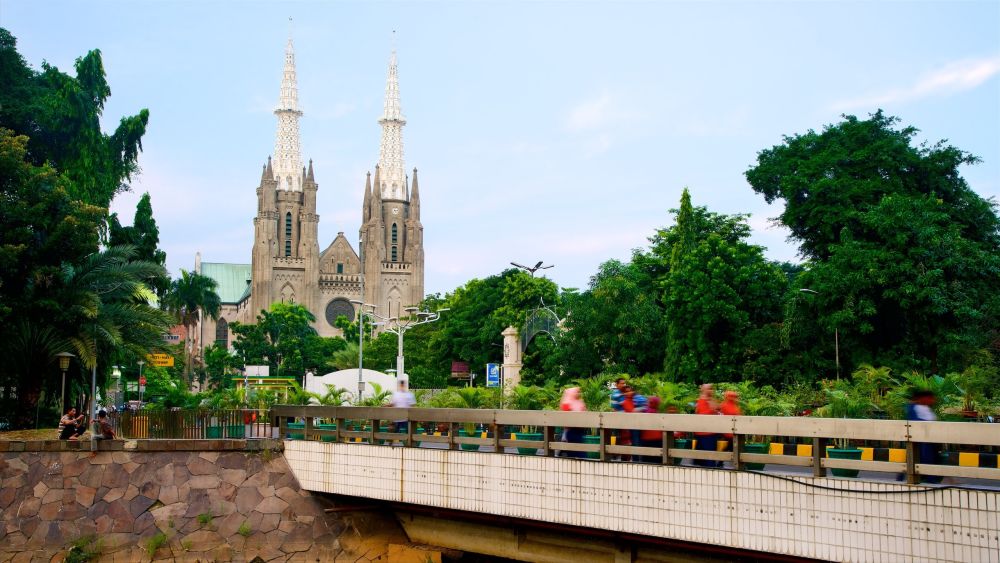

As the capital city of Indonesia, Jakarta is a bustling metropolis with a mix of cultures, history, and tourism attractions. Among its historical landmarks, the Jakarta Cathedral, officially known as the Cathedral of Our Lady of the Assumption, stands as a testament to the country's rich religious heritage. This iconic cathedral has been a beacon of Catholicism in Indonesia since its consecration in 1901.
The Jakarta Cathedral dates back to the Dutch colonial era when it was originally established in 1829. However, the current neo-gothic structure, which attracts tourists and devotees alike, was completed in 1901 under the guidance of Dutch architect MJ Hulswit. Situated in the central part of Jakarta, opposite the Istiqlal Mosque, the cathedral symbolizes religious tolerance and harmony in Indonesia, a predominantly Muslim country.
The cathedral stands out for its architectural splendor revealed in its tall spires, classic European neo-gothic style, and beautiful stained glass windows depicting scenes from the Bible. The cathedral's grand interior, ornate altar, and serene ambience offer an oasis of calm in the middle of Jakarta's hustle and bustle. As an architectural marvel, the Jakarta Cathedral continues to be a focal point for both worshippers and tourists interested in historical and religious landmarks.
Tourism at the Jakarta Cathedral has evolved over the years. Initially frequented by devout Catholics and a small number of historical enthusiasts, the site has increasingly attracted a broader audience. Visitors often include travelers from around the world, students of architecture, and those intrigued by Jakarta's diverse cultural tapestry.
In recent years, efforts to promote religious understanding and cultural tourism have led to the inclusion of the Jakarta UPS on guided tours and city walks. Moreover, the cathedral's location near other historical sites, such as the National Monument (Monas) and the Istiqlal Mosque, has enhanced its appeal to those seeking a comprehensive cultural experience in Jakarta.
Understanding the global shift towards sustainable and responsible travel, Jakarta has made strides towards offering more eco-friendly and community-based tourism experiences. Visitors to Jakarta Cathedral and the surrounding area are increasingly encouraged to engage with the local community, support local businesses, and participate in cultural exchange activities.
Additionally, with the integration of technology in travel experiences, virtual tours and interactive guides have become more prominent. This trend allows for more immersive storytelling and historical education, potentially even from the comfort of one's home or prior to visiting Jakarta.
The Cathedral has also embraced social media to share its events and services, thus reaching a larger, more tech-savvy audience who may be inspired to visit Jakarta and its historical sites.
In conclusion, the Jakarta Cathedral remains a critical piece of Indonesia's tourism mosaic, offering insight into the nation's colonial past, religious diversity, and architectural grandeur. As Jakarta continues to develop as a vibrant tourism destination, the cathedral will undoubtedly preserve its role as a beloved historical landmark.